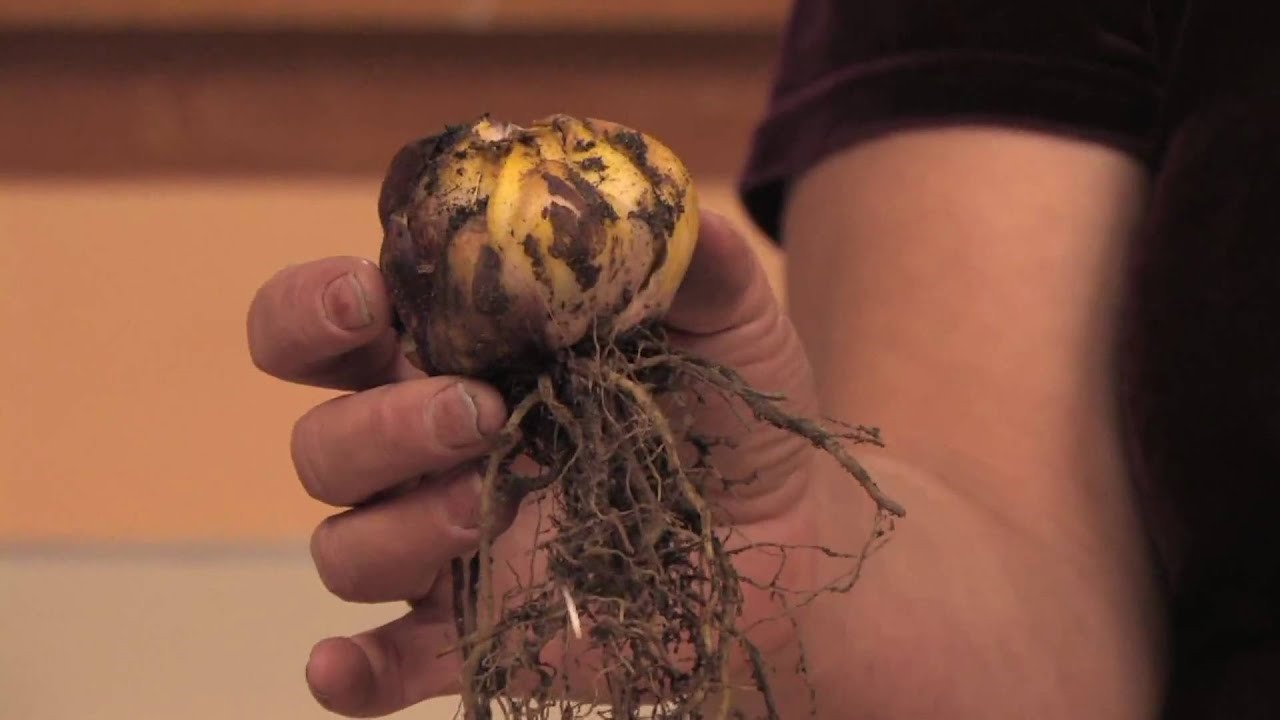

Articles
How To Store Easter Lily Bulbs
Modified: January 5, 2024
Learn how to properly store Easter Lily bulbs for the next growing season with our informative articles.
(Many of the links in this article redirect to a specific reviewed product. Your purchase of these products through affiliate links helps to generate commission for Storables.com, at no extra cost. Learn more)
Introduction
When Easter is over and your beautiful Easter lilies have finished blooming, what do you do with the bulbs? Many people assume that these flowers are meant to be thrown away after their brief display, but the truth is that Easter lily bulbs can be stored and reused for years to come. By properly storing these bulbs, you can enjoy the beauty of Easter lilies for many seasons, saving both time and money.
However, storing Easter lily bulbs requires some knowledge and care. In this article, we will guide you through the process of storing Easter lily bulbs, ensuring their health and vitality for future growth. We will discuss how to prepare the bulbs for storage, choose the right storage location, and provide tips for successful bulb storage. So, let’s dive in and learn how to properly store Easter lily bulbs.
Key Takeaways:
- Preserve the beauty of Easter lilies by storing their bulbs properly. Follow steps like preparing, choosing the right storage location, and periodic checks to ensure successful reblooming in future seasons.
- Maximize the longevity of Easter lily bulbs with tips like proper labeling, separate storage, and regular winter checks. Enjoy the satisfaction of seeing these elegant blooms return year after year.
Read more: How To Store Lily Bulbs
Understanding Easter Lily Bulbs
Before we delve into the specifics of storing Easter lily bulbs, it’s important to understand the nature of these bulbs. Easter lilies (Lilium longiflorum) are perennial bulbs that produce beautiful, trumpet-shaped flowers. They are native to the southern islands of Japan and were first introduced to the United States in the late 1800s.
Easter lily bulbs consist of layers of overlapping scales, similar to an onion. The scales contain nutrients and stored energy that allow the bulb to survive underground during the dormant period. When the bulb is planted and exposed to favorable growing conditions, it sends up a stem topped with large, fragrant white flowers.
These bulbs are typically forced to bloom in time for Easter, which requires precise timing and controlled growing conditions. Once the flowers have faded and the plant has completed its natural growth cycle, it’s time to consider storing the bulbs for future use.
When storing Easter lily bulbs, it’s important to remember that their ability to rejuvenate and produce flowers again depends largely on how well the bulbs are cared for during the dormant period. Proper storage conditions will help maintain the overall health and vitality of the bulbs, ensuring successful reblooming in the seasons to come.
Now that you have a better understanding of Easter lily bulbs, let’s move on to the next step: preparing the bulbs for storage.
Preparing Bulbs for Storage
Before storing Easter lily bulbs, it’s crucial to prepare them properly to ensure their survival and future growth. Follow these steps to prepare your bulbs for storage:
- Allow the foliage to die back naturally: After the blooms have faded, it’s important to allow the foliage to turn yellow and wither completely. This period allows the bulbs to gather essential nutrients for future growth. Avoid cutting back the foliage prematurely.
- Gently remove the bulbs from the soil: Carefully dig up the bulbs, ensuring you don’t damage the delicate scales. Use a small garden fork or hand shovel to lift them from the ground. Brush off excess soil, but do not wash the bulbs.
- Inspect the bulbs for any signs of damage or disease: Examine each bulb for rot, mold, or any other signs of damage. Discard any bulbs that appear unhealthy or infected, as they can negatively impact the health of the stored bulbs.
- Cut back the foliage: Once the foliage has completely withered, you can trim it back to about 2 inches above the bulb. This helps to prevent any potential disease from spreading and makes storage more manageable.
- Dry the bulbs: Place the bulbs in a cool, dry, and well-ventilated area for a few days. This allows the excess moisture on the bulb’s surface to evaporate and helps prevent rot during storage.
- Label the bulbs: To avoid confusion, label each bulb with the cultivar name or any other relevant information. This will come in handy when you want to identify them for planting in the future.
By taking these preparatory steps, you are ensuring that your Easter lily bulbs are in optimal condition for storage. Now that your bulbs are ready, let’s move on to the next section: choosing the right storage location.
Choosing the Right Storage Location
When it comes to storing Easter lily bulbs, the right storage location is essential for their long-term health and vitality. Here are a few factors to consider when choosing where to store your bulbs:
- Temperature: Easter lily bulbs require cool temperatures during their dormant period. The ideal storage temperature ranges between 35°F (1.5°C) and 45°F (7°C). Avoid storing the bulbs in locations that are too warm, as this can stimulate premature growth and reduce their ability to rebloom.
- Humidity: Easter lily bulbs prefer a dry storage environment. High humidity levels can promote mold growth and rot. Choose a storage location with low humidity levels and good air circulation. Avoid basements or areas prone to dampness.
- Light exposure: Easter lily bulbs should be stored in a dark location. Exposure to light can stimulate new growth and disrupt the natural dormancy period. Choose a storage area that is free from any sources of light, such as windows or bright lamps.
- Stability: Ensure that the storage location is stable and free from extreme temperature fluctuations. Rapid temperature changes can negatively impact the bulbs and hamper their ability to rebloom in the future.
- Pest control: Be vigilant about pests such as mice, rodents, and insects that can damage your stored bulbs. Consider using pest control measures or storing the bulbs in containers that are inaccessible to pests.
- Accessibility: While it’s important to find an ideal storage environment, also consider your accessibility to the stored bulbs. Make sure the location is easily accessible so you can check on the bulbs periodically and ensure they are in good condition.
Now that you know what to consider when choosing a storage location, it’s time to move on to the next step: actually storing your Easter lily bulbs. Stay tuned!
After Easter, store lily bulbs in a cool, dry place. Remove any dead foliage and store bulbs in a paper bag or mesh bag to allow for air circulation. Check bulbs periodically for any signs of mold or rot.
Storing Easter Lily Bulbs
Now that you have prepared your Easter lily bulbs and chosen the right storage location, it’s time to store them. Follow these steps to ensure proper storage:
- Choose the right container: Select a container that provides adequate space for your bulbs, allowing them to be stored without crowding. Use a breathable container such as a paper bag or a mesh bag to allow for proper air circulation.
- Add a moisture-absorbing material: To prevent excess moisture buildup, place a layer of dry peat moss, vermiculite, or sawdust at the bottom of the container. This material will help absorb any excess moisture and maintain the proper humidity level around the bulbs.
- Arrange the bulbs: Place the bulbs in a single layer on top of the moisture-absorbing material, ensuring they do not touch each other. Avoid stacking the bulbs, as this can lead to bruising or damage.
- Add more moisture-absorbing material: Gently sprinkle or layer another thin amount of the moisture-absorbing material on top of the bulbs. This will further help regulate humidity and prevent any moisture-related issues.
- Seal the container: Close the container with a lid or tie it closed with a rubber band. This will create a sealed environment for the bulbs and keep them protected.
- Store in the designated location: Place the container with the stored bulbs in the chosen storage location. Ensure the temperature is within the recommended range of 35°F (1.5°C) to 45°F (7°C), and that the area remains dark and pest-free.
By following these steps, you are providing the optimal conditions for your Easter lily bulbs to remain dormant and healthy during their storage period. However, it’s important to periodically check on the stored bulbs to ensure they are in good shape.
Let’s move on to the next section, where we discuss how to check on your stored bulbs and ensure their well-being.
Read more: How To Store Canna Lily Bulbs
Checking on Stored Bulbs
While Easter lily bulbs are in storage, it’s essential to periodically check on them to ensure their well-being and make any necessary adjustments. Here are some steps to follow when checking on your stored bulbs:
- Inspect for signs of rot or disease: Regularly examine the bulbs for any signs of rot, mold, or other diseases. If you notice any unhealthy bulbs, promptly remove them from the storage container to prevent the spread of infection to other bulbs.
- Check the moisture level: Assess the moisture level in the storage container. If it feels too dry, you can lightly mist the bulbs with water to maintain some level of moisture. However, be cautious not to overwater, as excessive moisture can lead to rot.
- Monitor the temperature: Ensure that the storage location remains within the recommended temperature range of 35°F (1.5°C) to 45°F (7°C). Fluctuations outside this range can negatively affect the bulbs’ dormancy period and their ability to rebloom in the future.
- Check for pest activity: Keep an eye out for any signs of pest activity or damage. If you notice any pests, take appropriate measures to eliminate them to protect your stored bulbs.
- Ensure proper air circulation: Check that the storage container allows for adequate airflow around the bulbs. Good air circulation helps prevent the buildup of excess moisture and reduces the risk of rot or mold.
- Take notes and make necessary adjustments: Keep a record of your observations and any adjustments you make to the storage conditions. This will help you track the progress and make informed decisions for future storage cycles.
By regularly checking on your stored Easter lily bulbs, you can address any issues promptly and ensure the best possible conditions for their long-term storage. Now let’s move on to the final section, where we share some additional tips for successful bulb storage.
Tips for Successful Bulb Storage
To ensure successful storage of your Easter lily bulbs and maximize their chances of reblooming in the future, consider the following tips:
- Label your bulbs: Properly label each bulb with the cultivar name or any other relevant information. This will make it easier to identify and keep track of different varieties during storage.
- Store bulbs separately: If you have multiple varieties of Easter lily bulbs, consider storing them separately. This will help prevent cross-pollination and maintain the purity of each variety.
- Avoid storing bulbs near fruits: Fruits release ethylene gas as they ripen, which can negatively affect the dormancy and quality of your stored bulbs. Keep the bulbs away from ripening fruits to minimize potential damage.
- Check on bulbs regularly during winter storage: Since Easter lily bulbs have a dormant period during winter storage, it’s important to check on them periodically. This allows you to address any potential issues and make adjustments as needed.
- Consider stratifying for better growth: Some Easter lily bulbs benefit from a period of cold stratification before planting. If you plan to stratify your bulbs, follow the specific requirements for the variety you are storing.
- Keep records for future reference: Maintain a journal or log of your storage process, including dates, observations, and any adjustments made. This information will help you refine your storage techniques and improve success in the following seasons.
- Rotate bulbs every few years: To prevent overcrowding and ensure healthy growth, consider rotating your stored bulbs every few years. This allows for fresh planting stock and helps maintain the vigor of the bulbs.
- Don’t store bulbs for too long: While Easter lily bulbs can be stored for multiple seasons, it’s best to avoid storing them for an excessive period. The longer they remain in storage, the lower their chances of successful reblooming. Aim to plant them within a few years for optimal results.
By following these tips, you will increase the likelihood of success in storing and reblooming your Easter lily bulbs. Remember that each variety may have specific requirements, so it’s always a good idea to seek additional guidance if needed.
Now that you have learned all about storing Easter lily bulbs, you are well-equipped to preserve their beauty and enjoy their blooms for years to come. With proper preparation, storage, and care, your Easter lilies will continue to bring joy and elegance to your garden. Happy gardening!
Conclusion
Storing Easter lily bulbs is a rewarding and practical way to enjoy their beauty and fragrance for years to come. With proper preparation and storage techniques, you can preserve the health and vitality of these bulbs, ensuring successful reblooming in the seasons ahead.
Throughout this article, we have explored the essential steps to store Easter lily bulbs. We discussed the importance of understanding the nature of these bulbs and how to properly prepare them for storage. We explored the factors to consider when choosing the right storage location, emphasizing the need for cool temperatures, low humidity, darkness, and stability.
We then delved into the process of actually storing the bulbs, emphasizing the use of breathable containers, moisture-absorbing materials, and proper arrangement. We highlighted the significance of periodically checking on the stored bulbs to monitor their condition, address any issues, and maintain optimal storage conditions.
Additionally, we provided valuable tips for successful bulb storage, such as proper labeling, separate storage for different varieties, avoidance of fruits, regular winter checks, stratification considerations, record-keeping, and rotation of bulbs. These tips will further enhance your storage practices, ensuring the long-term health and productivity of your Easter lily bulbs.
By following these guidelines, you can preserve the beauty and splendor of Easter lilies, saving both time and money in the process. Whether you store the bulbs to grow your own lilies or share them with friends and family, the satisfaction of seeing these elegant blooms return year after year will be well worth the effort.
So, get ready to embark on your storage journey and enjoy the rewards it brings. Remember, with proper care and attention, your Easter lily bulbs will continue to grace your garden with their magnificent presence for seasons to come.
Frequently Asked Questions about How To Store Easter Lily Bulbs
Was this page helpful?
At Storables.com, we guarantee accurate and reliable information. Our content, validated by Expert Board Contributors, is crafted following stringent Editorial Policies. We're committed to providing you with well-researched, expert-backed insights for all your informational needs.
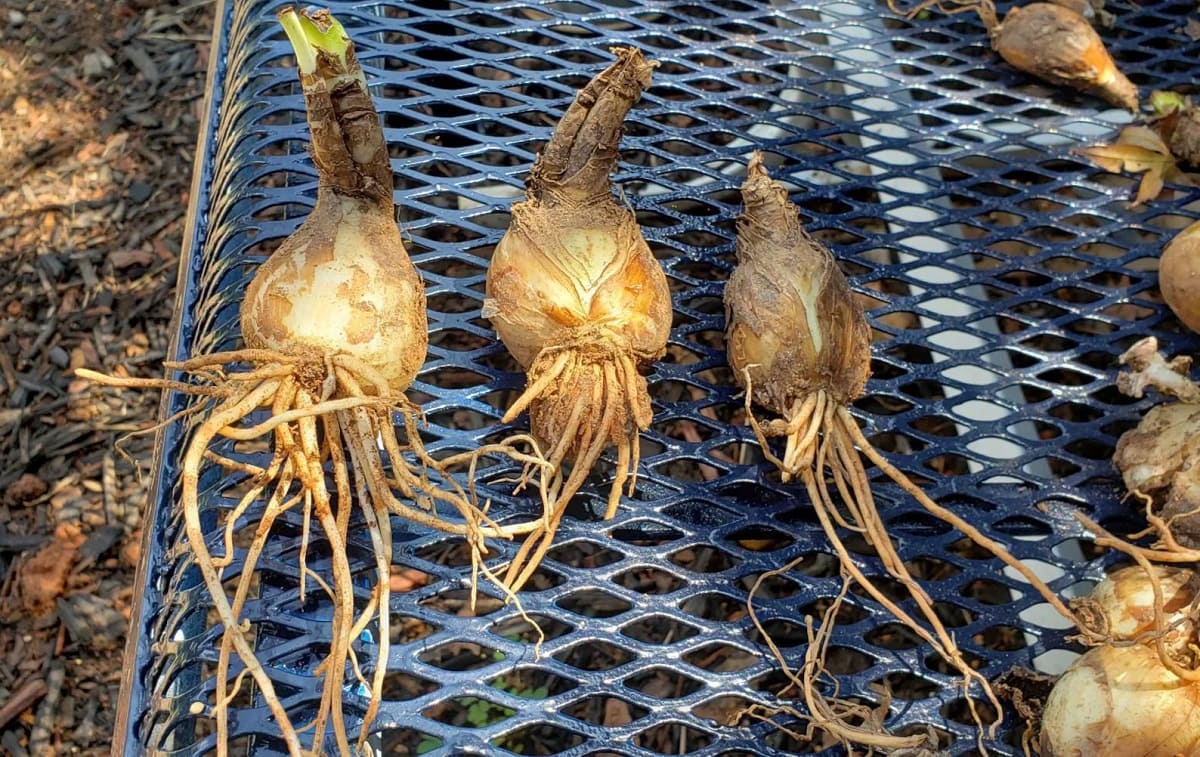

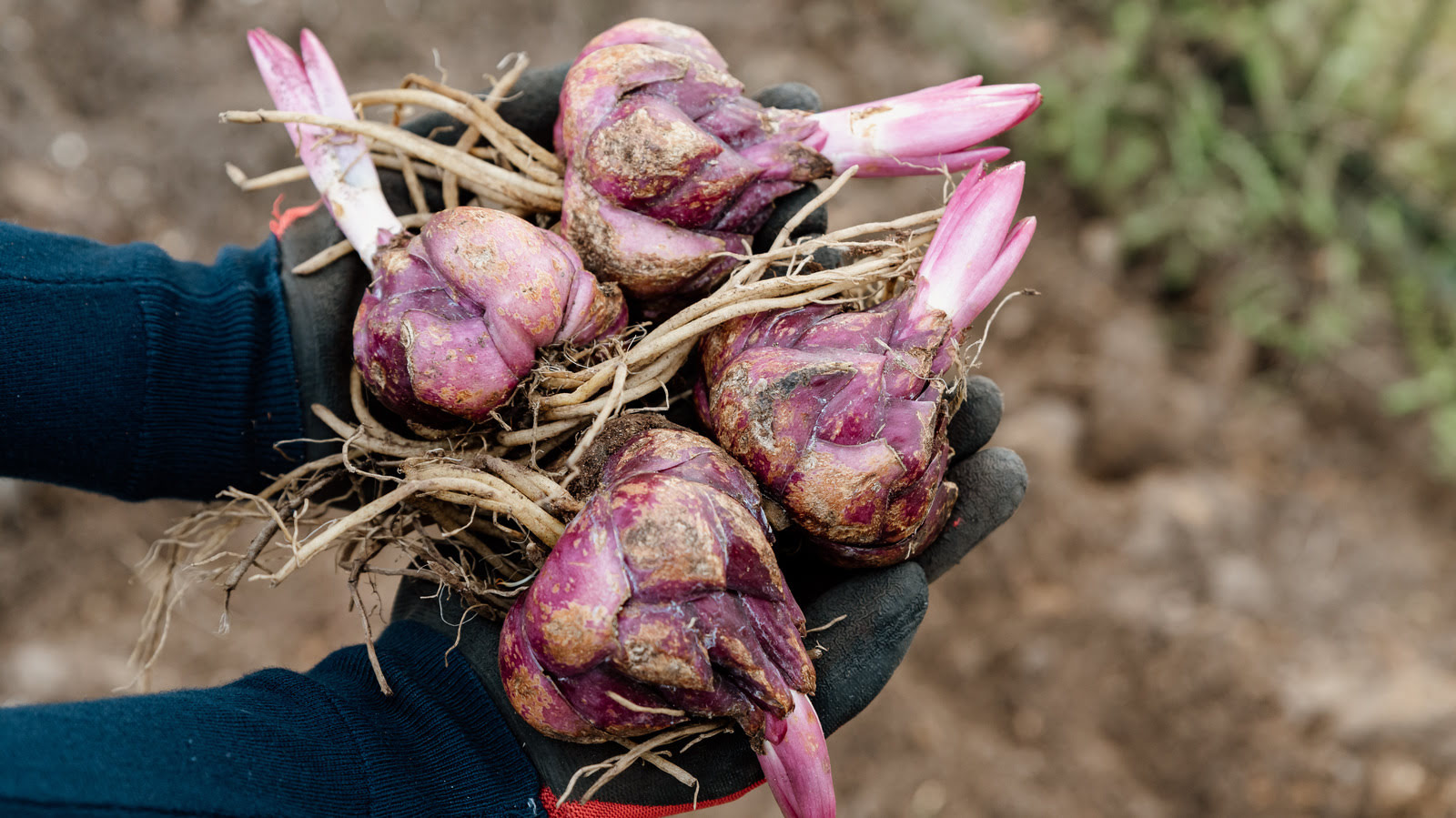

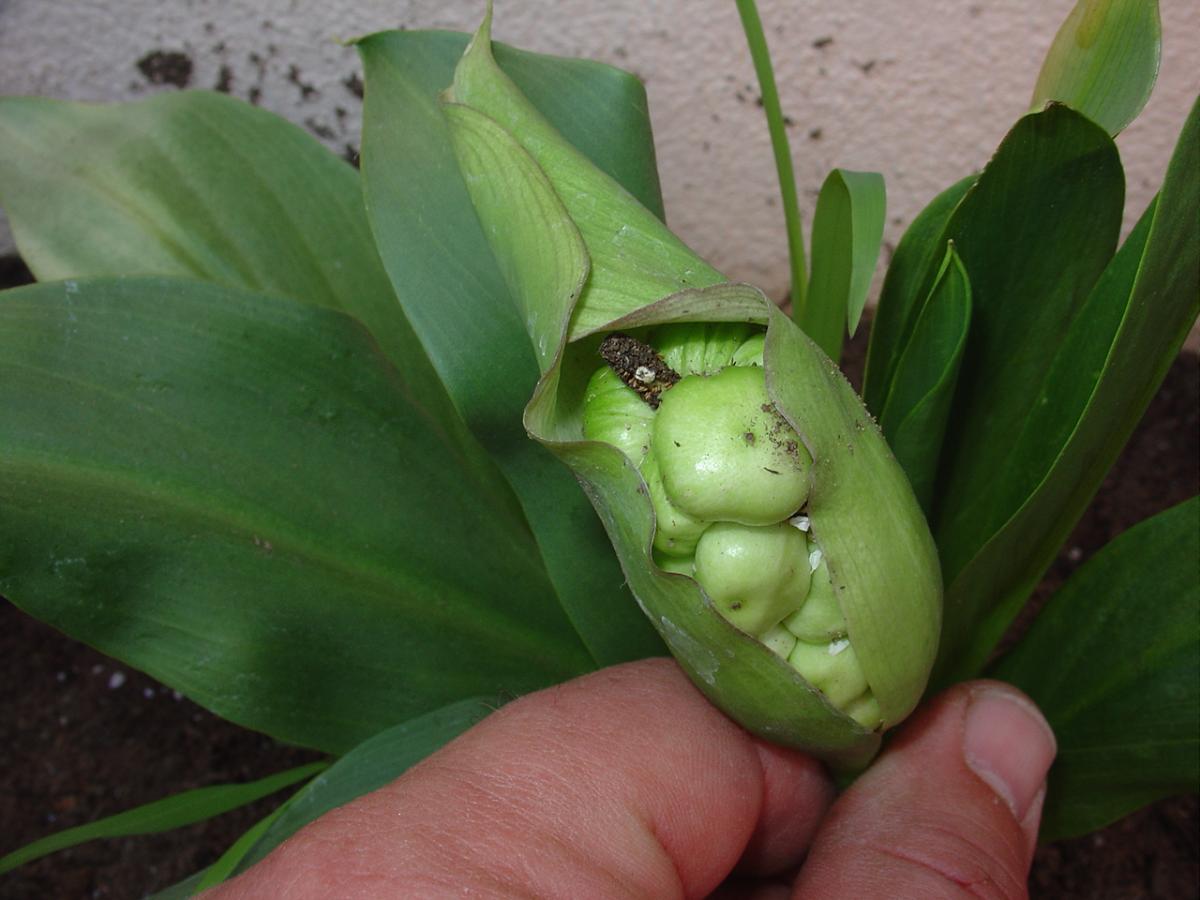

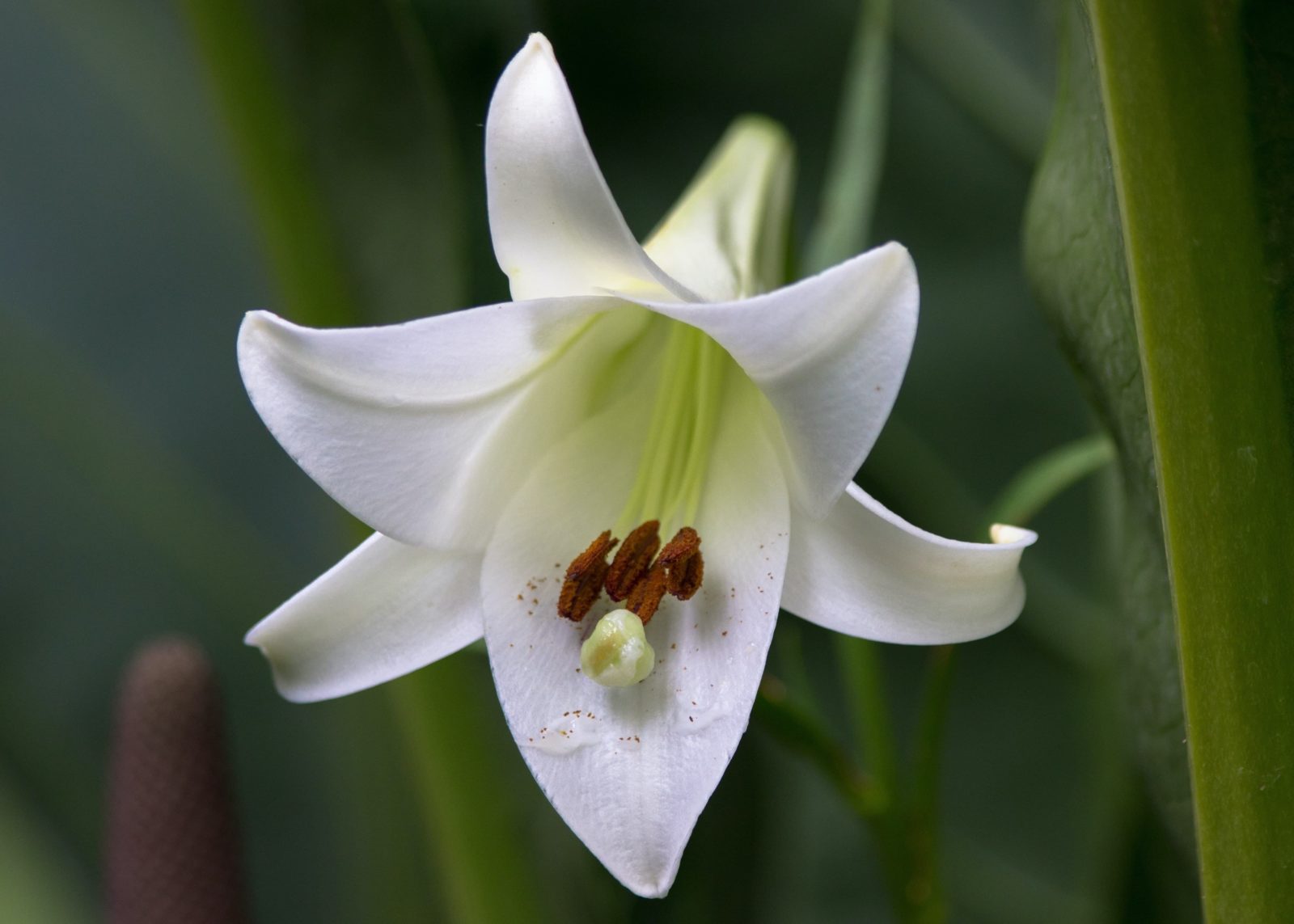
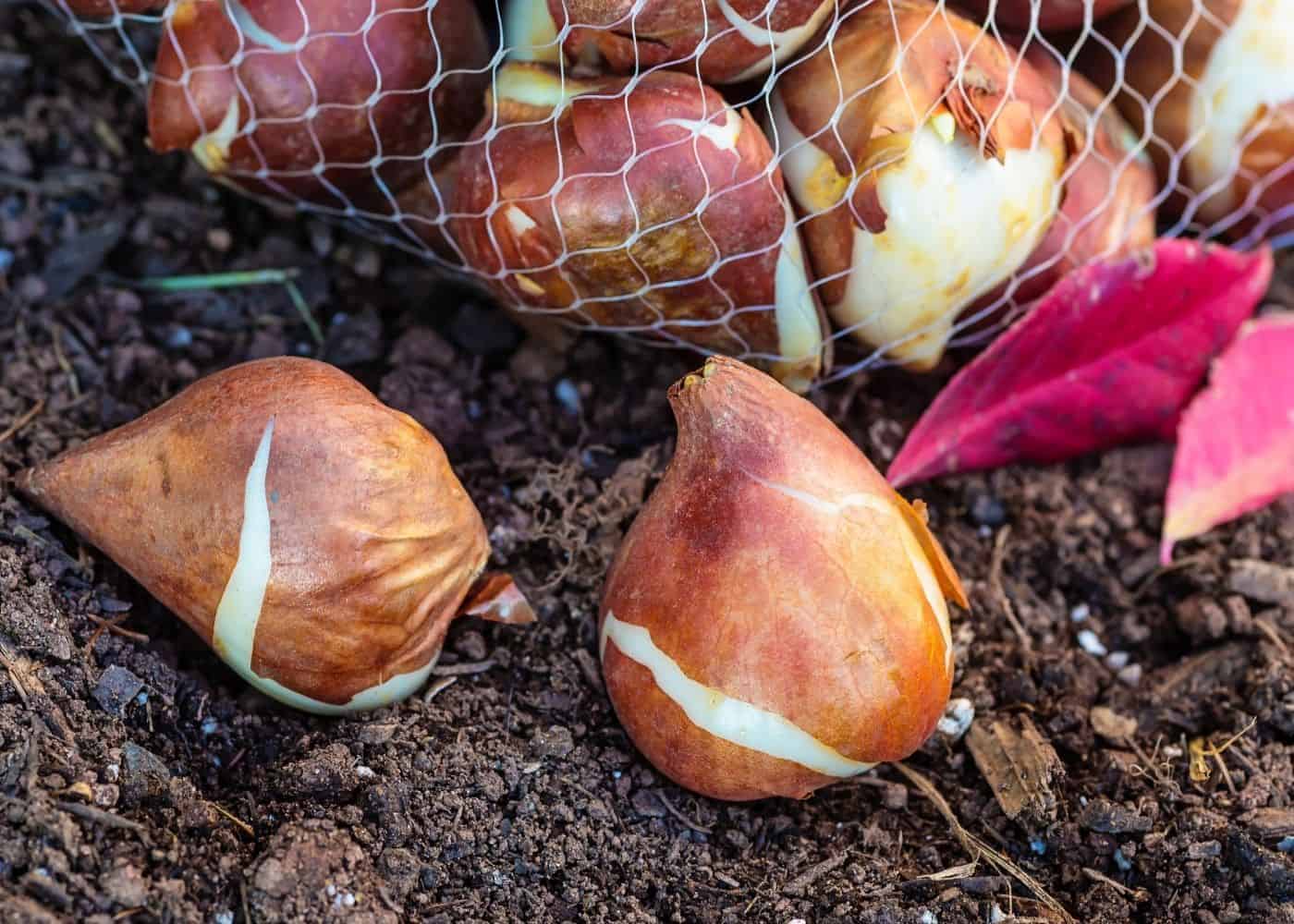
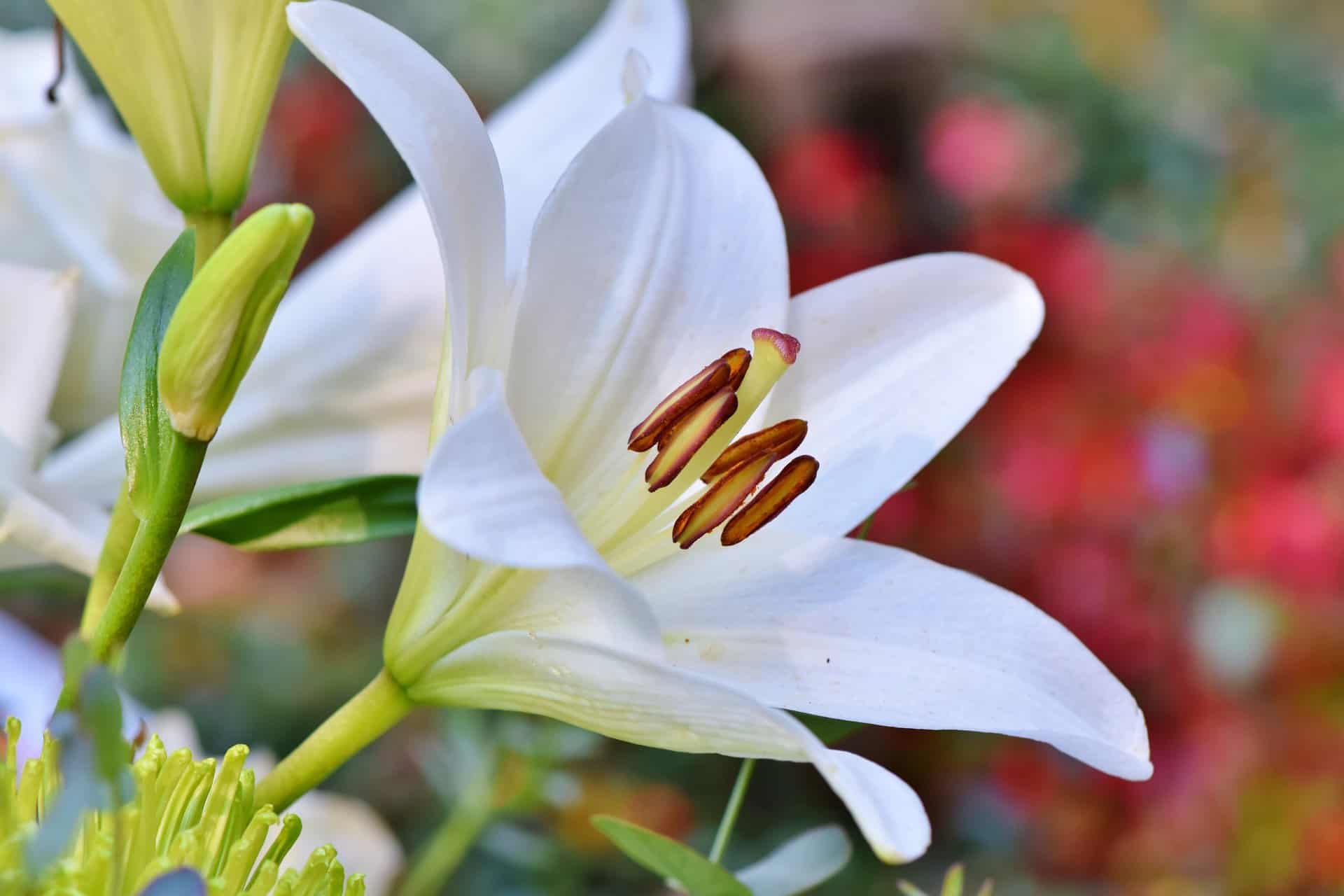
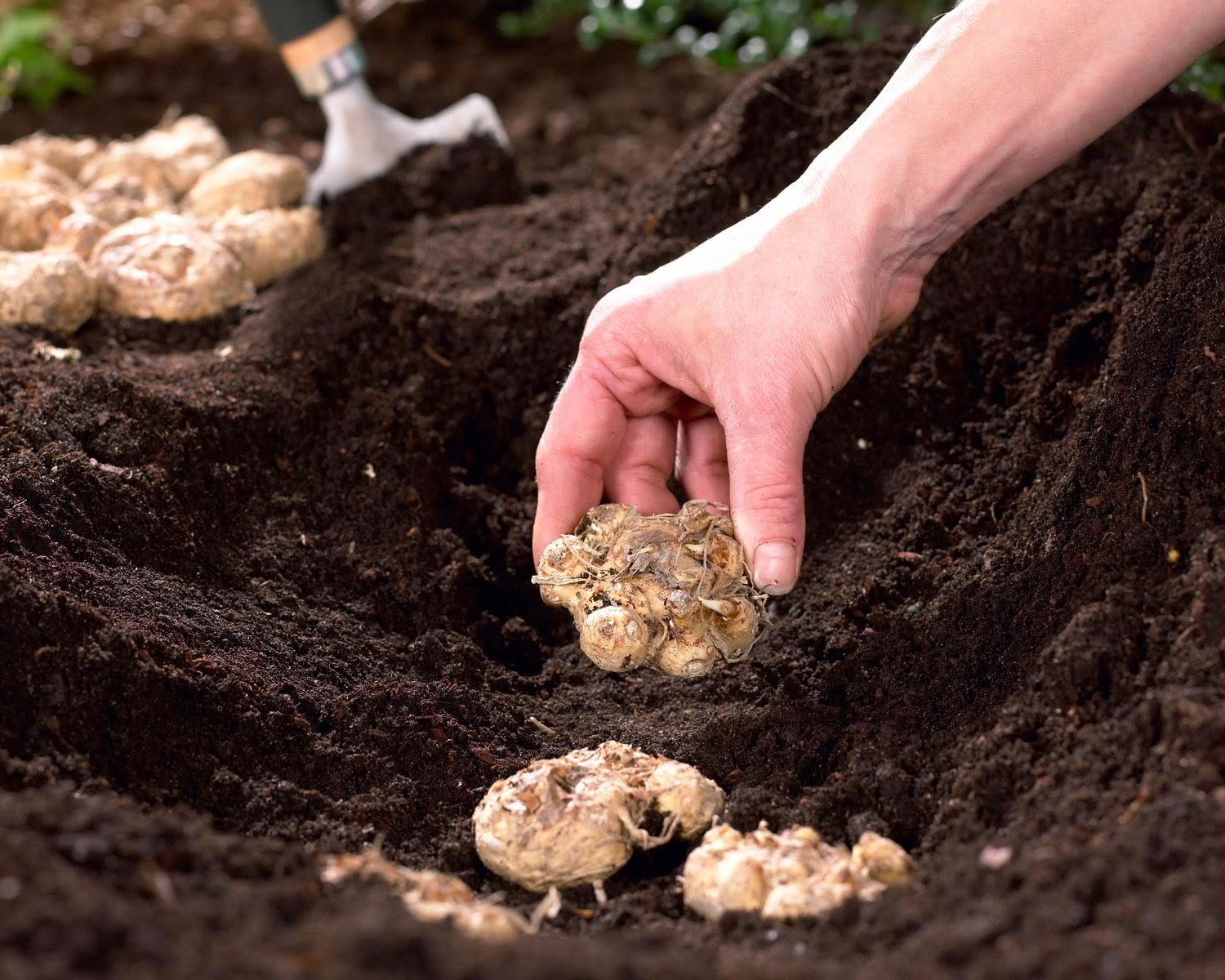

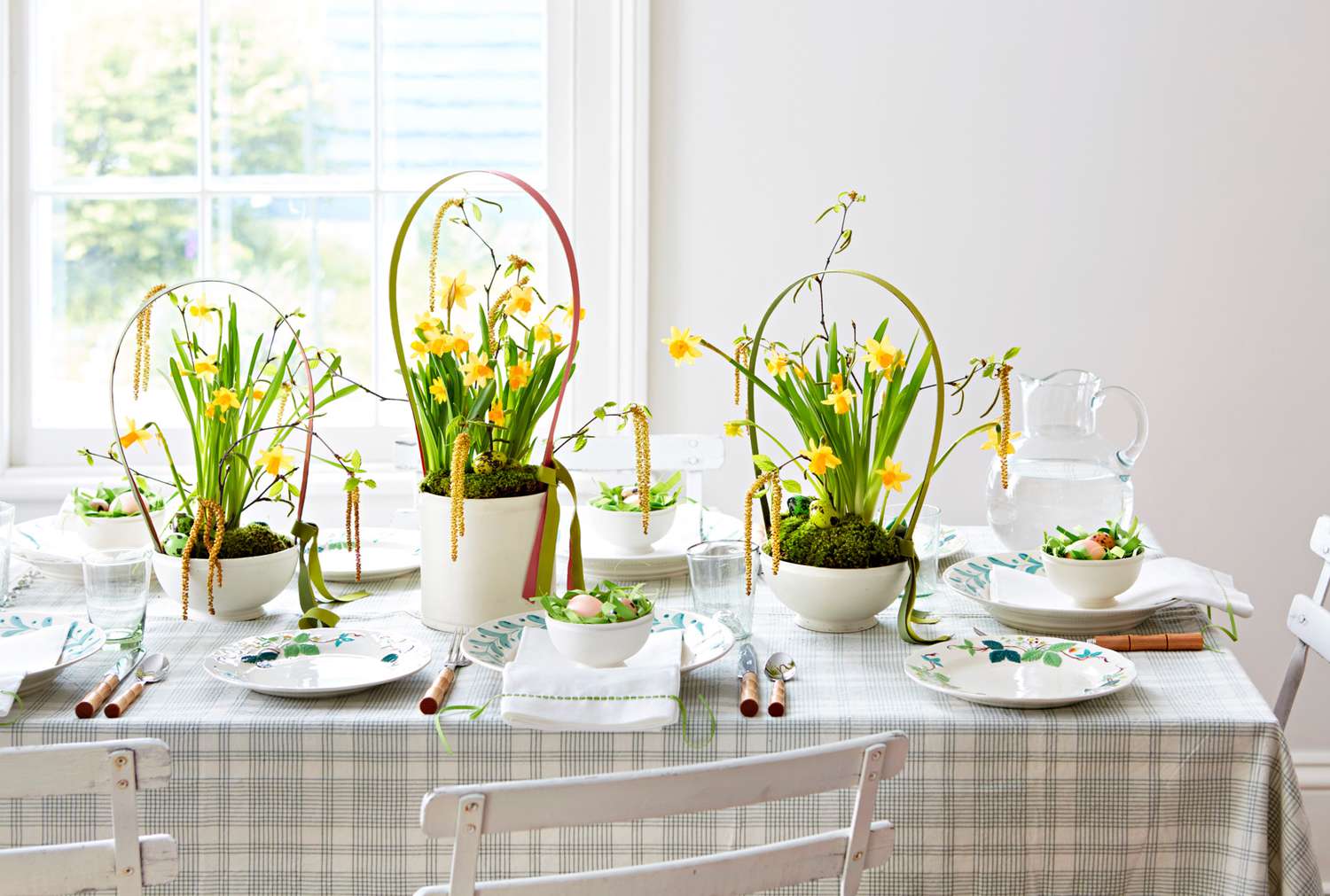
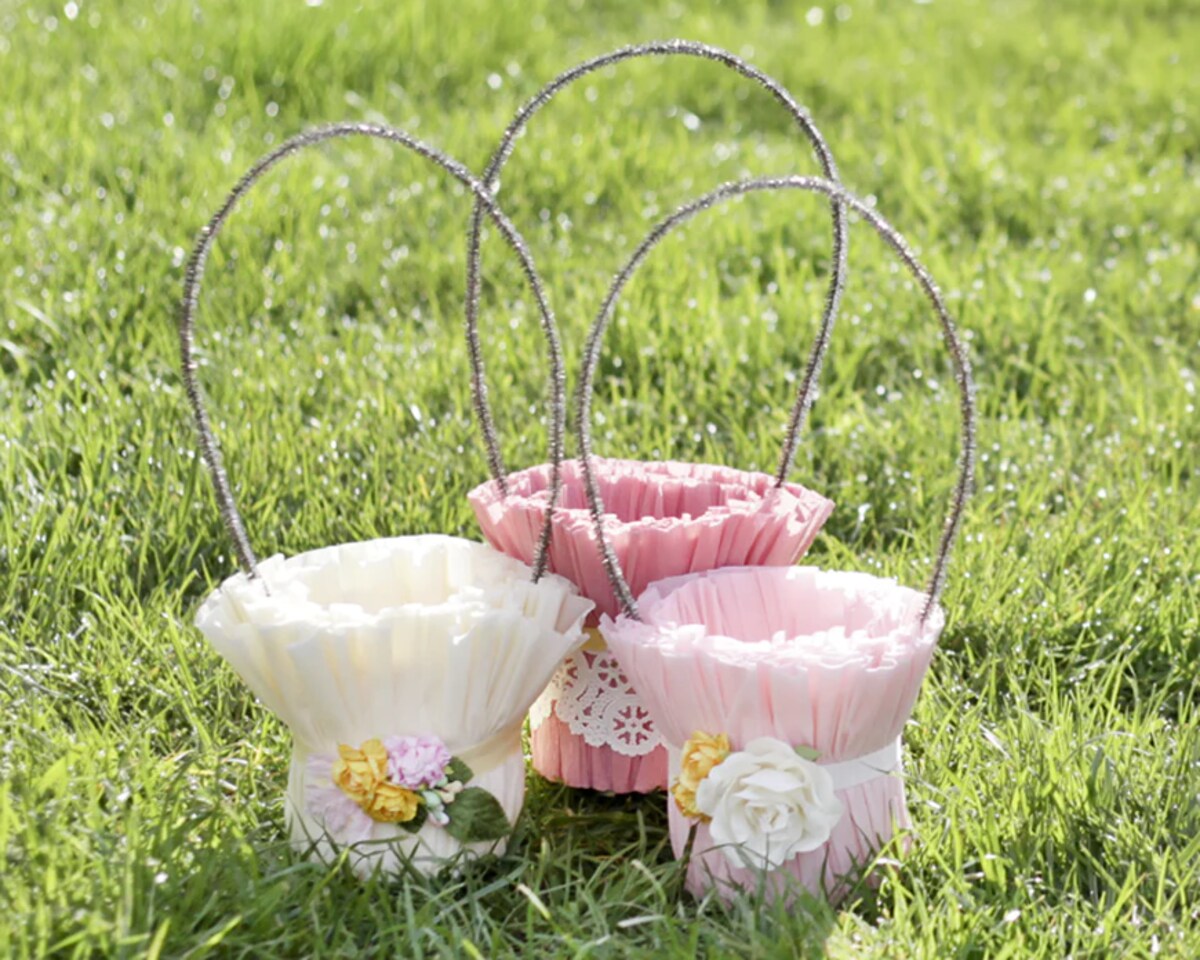


0 thoughts on “How To Store Easter Lily Bulbs”